Where Does Hair Weave Come From?
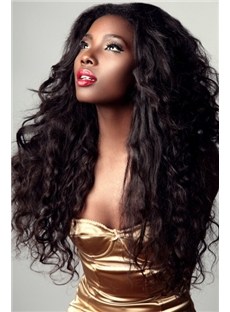
Ancient History
It seems that everywhere you look, you will find women who are obsessed with their long and luxurious hair extensions. What was once a secret hair trick, is now an openly admired fashion accessory. While it may seem that hair weaves recently became popular once they were renamed "extensions" by the mainstream media, the fact is hair weaves have a long and rich history stemming from Africa.
The earliest record of the practice of hair weaving has been traced back to ancient Egypt. During the dawn of their civilization, Egyptians wore hair weaves and wigs as a symbol of social and economic status. The practice of wearing wigs was openly acceptable for both men and women, although, men often wore wigs that were shorter than wigs for women. To achieve the desired look, men would shave their heads and women would wear their hair in cornrows or plaits. Human hair was then attached to the plaits using a knotting method or thread. Women would wear their hair in braids or curly styles. Both men and women would adorn their hair with decorative items such as beads, ribbons, flowers, tassels,and gold. A practice that continues to this day. Also similar to today, is the construction of their hair pieces.
Egyptian wigs and weaves were made from human hair and sometimes supplemented with wool and plant fiber for added volume. The human hair was collected from shaved heads and was coated with resin and beeswax to protect the fibers. These hair pieces were made in black, brown, and blonde colors. Blonde being the most expensive to produce.The most expensive hair extensions were made entirely of human hair and were reserved for the elite. Commoners, on the other hand, wore wigs made from plant fibers and were dyed with henna to appear as natural as possible. This is similar to synthetic hair made today.
Photos of 3,300 Year Old Egyptian Weave
- Photos: 3,300-Year-Old Egyptian Hairstyles Revealed
The remains of hundreds of ancient Egyptians have been discovered in a cemetery near an ancient city now called Amarna. One skeleton belonged to a woman who wore a complex hairstyle with 70 lengthy hair extensions.
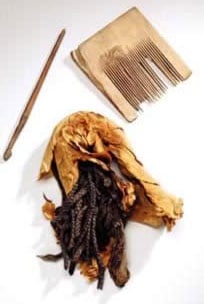
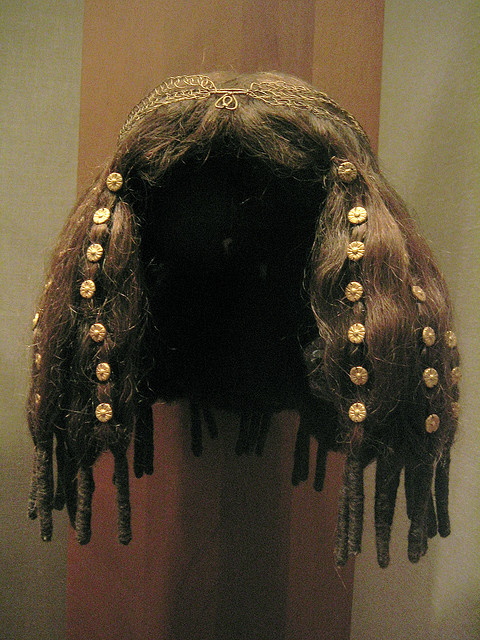
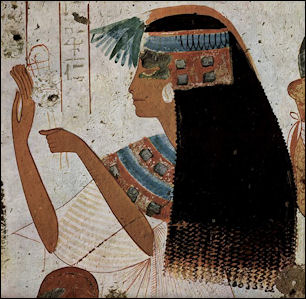


Modern History
During the 15th century, the African slave trade began in Europe. This period led to many Africans losing their knowledge and abilities to maintain their elaborate hair regimens, in addition to losing their history. Hair that was once styled with a concoction of natural oils and skilled techniques, had become matted and unkempt throughout their enslavement by Europeans. This led to Europeans selling mixed raced africans with less kinky hair for more than Africans with afro textured hair. Therefore, establishing a value for light skin and "good hair" over dark skin and "bad hair". Although, much was forgotten, the influence of African hair weaving techniques began to reemerge in European culture during the Victorian era.
After an extended period of both men and women wearing wigs as a status symbol in both European and American colonialism, the Victorian era brought forth the beginning of modern weaves. At that time, hair extensions were only for the elite. Like the Egyptians, the hair was attached using various knots including the Apollo Knot,Grecian Knot, and Psyche Knot.
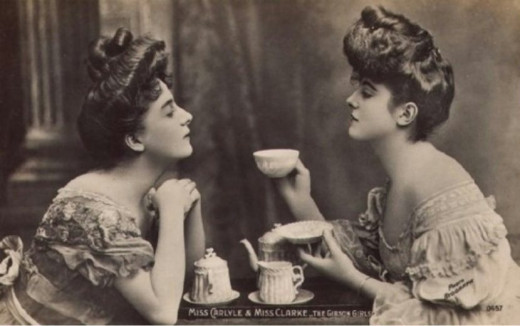
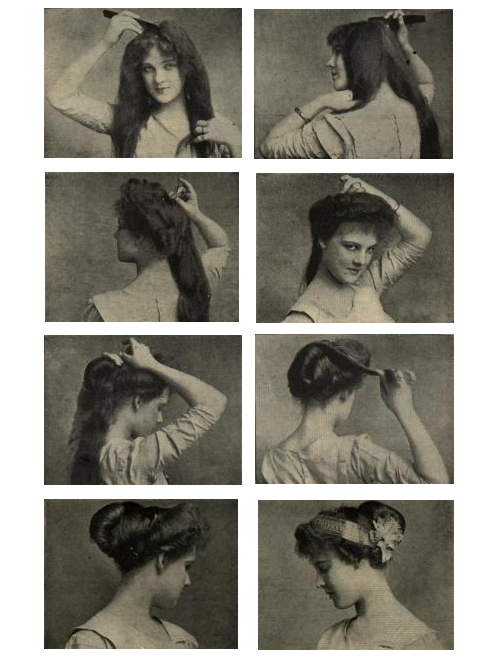
Throughout the 20th century, hair weaves would face peaks and valleys in popularity. The 1950's-1970s had a heavy emphasis on wigs leading a path to the popularity of weaves in the 1980's-1990s. The modern weave era was lead by African Americans as well as celebrities of all races, who discreetly wore weaves in attempts to pass it as their natural hair. Finally, the new millennium brought forth a new attitude towards hair weaves. They have become a well accepted and mainstream form of hairstyling. Once again, hair weaves are a status symbol and those with the longest, fullest, and most expensive hair weaves are considered the most valuable in pop culture today.
Now that the hair weaving business has become a multibillion dollar international industry, you have a plethora of qualities, textures, ethnicities, and colors to choose from. Some common terms you will find in the hair industry are:
Virgin Hair: Unprocessed hair that has not been chemically treated in any way including dyed, bleached, or permed.
Remy Hair: Hair with the cuticles intact rather than stripped away. The cuticles are also facing in one uniform direction.
Yaki Hair: Hair with a similar texture to relaxed African American hair.
Silky Hair: Hair that is shiny and silky in texture compared to yaki hair.
Human Hair: Chemically treated hair that contains a blend of donated hair and synthetic materials.
Now that millions of women are wearing weaves on a daily basis and constantly replacing one installation with another, you have to wonder, where does the hair come from?

India
When discussing hair weave, the most commonly used virgin hair is Indian Remy hair. You could assume that Indian hair is popular because it's often grown very long, it's long-lasting and it's manageable. Those are a few reasons consumers purchase the hair, but the main reason manufacturers produce Indian Hair is because it's so readily available.
In India, it is common practice for Hindus to participate in a religious ceremony that involves traveling to a temple and shaving off their hair. This sacrificing of the hair is an ultimate display of modesty and is thought to be spiritually cleansing for the participants. Being that India has about 1 billion people in it's population, the temples received an exceptional amount of free hair. Once the hair is donated, the temples collect the hair and sell it to international vendors. The profits from this hair is said to be in the millions, and some of it is used to build infrastructure in poor villages. Yet, critics of this practice argue that there would be less poverty in India if the donors were directly paid for their contributions.

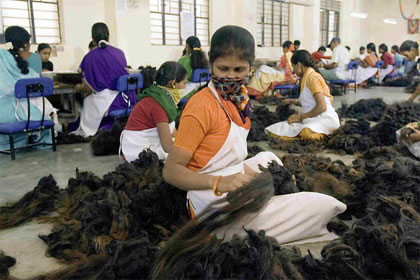

While India is not known for compensating the hair donors, that is not the case in several countries in Asia and Europe. In countries such as Cambodia or Russia, it is common practice for international vendors to travel to poor villages and pay donors a nominal fee for their hair donations. Although small, these fees can be anywhere from a week to month's pay for these donors. The money made from hair is feeding families and saving young girls from sex trafficking in some areas. Unfortunately, the pay is still far below the retail value of their contributions.These donors may come from places such as Malaysia, Loatia, or Cambodia, but most of the hair will end up in China.

China
China is a major manufacturer of human hair extensions and the main supplier for most beauty supply stores in America. China is known to manufacture every hair variety including Indian, Brazilian, and Malaysian hair. An experienced consumer will recognise that hair from China will often contain a label such as "Virgin Indian Hair," but once you take the hair out of the package you will find the hair looks and smells like anything but virgin hair. The hair will seem dyed and the wave pattern will look identical to the other packages of the same brand. That is because, if your hair came from China is most likely is NOT legitimate hair.
China is home to many factories that manufacture fallen hair. That means hair that has been collected from the floor, brushes, or any place you can find stray hair. China is also rumored to not only collect hair from animals but also from cadavers! Once the hair reaches the factories it is chemically treated, coated with synthetic additives and may be labeled as Indian or Brazilian hair. The cheapest hair is labeled as human hair, or human hair blend, but you can tell that hair is mostly synthetic. While the hair from China is questionable in quality it is often cheap in price. For that reason it is still in demand, but buyers be ware!
Conclusion
Now that you have explored a brief history of hair weaving, hopefully you have been enlightened by its long and rich cultural roots. Hair weaves are more than a fashion statement, they are a surviving practice from ancient royalty. Your hair is your crown and glory and your weave is your best accessory! On the other hand, we have also explored the little known truth about where purchased hair comes from. After exploring this information, you can make educated decisions about the hair you purchase and hopefully put a human face to the product you are buying.
If you are interested in buying authentic hair from reputable sources, your best bet is to purchase your hair online rather than your local beauty supply store. Shopping online allows you to read reviews and conduct further research about the hair you are buying. Although, online shopping is a better option, there is still no guarantee that you will know exactly what you are buying. There is limited information about the origins of human hair and there is extensive research yet to be done. Therefore, the best thing you can do is ask questions and make your own decisions about where and how you purchase human hair.
Thank you for reading about where your weave comes from! For more information about the subject, please see the video below!







